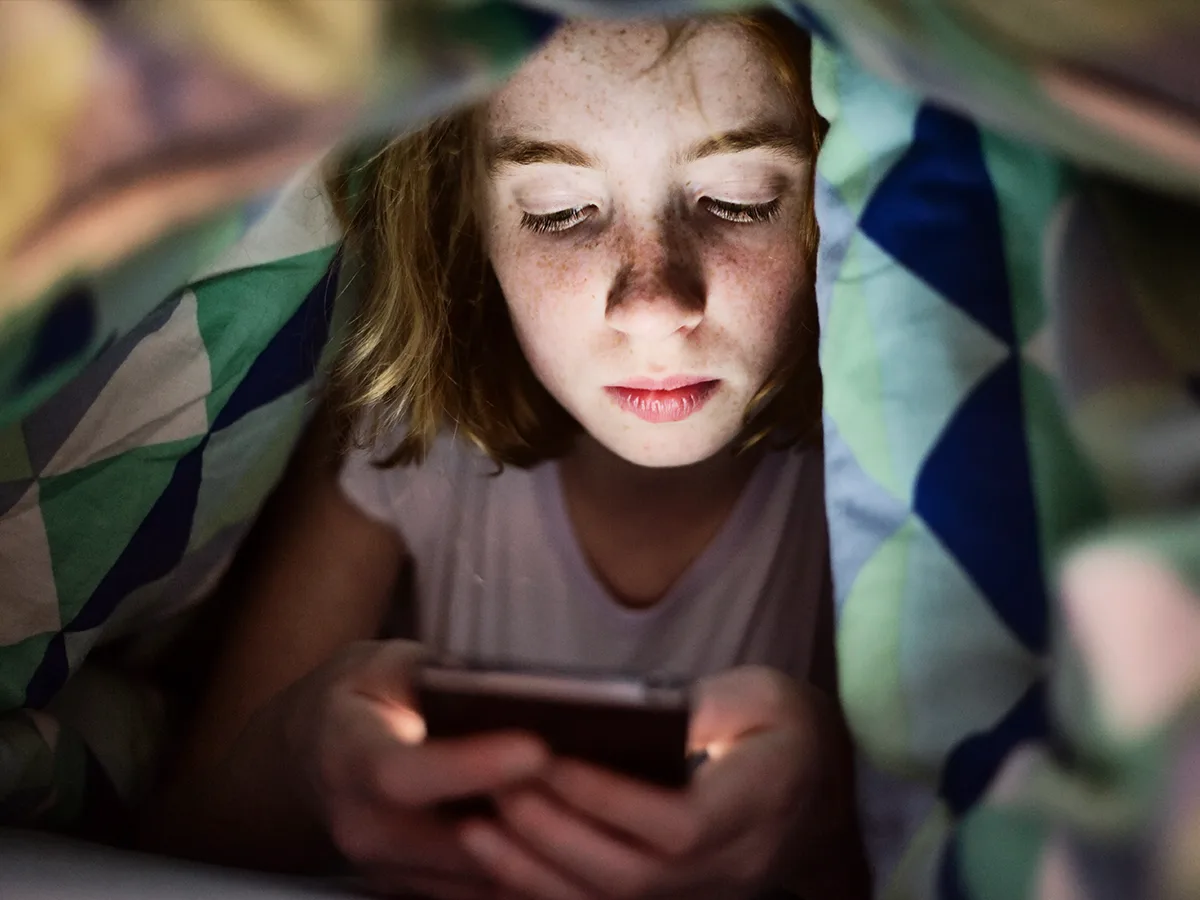What is cyberbullying?

At a glance
Cyberbullying is the use of digital communication tools to make another person feel angry, sad, or scared.
Cyberbullying is done intentionally and repeatedly.
Kids who learn and think differently are more likely to be cyberbullied than other kids.
Cyberbullying is the use of digital communication tools (like the internet and cell phones) to make another person feel angry, sad, or scared. Online bullying is like in-person bullying in two key ways. It’s done on purpose. And it tends to happen more than once.
Examples of cyberbullying include:
Sending hurtful texts or instant messages
Posting embarrassing photos or videos on social media
Spreading mean rumors online or with cell phones
If you’re trying to figure out whether your child is being cyberbullied, think about whether the hurtful behavior is intentional and repeated. If the answer is no, the offender might simply need to learn better online manners. If the answer is yes, take it seriously.
Dive deeper
How common is cyberbullying?
It's hard to pin down exactly how common cyberbullying is among kids. Different studies define and measure cyberbullying in different ways. One thing that's certain is that all kids who are online are at risk of cyberbullying.
Some kids are more vulnerable to cyberbullying than others. It happens more often to girls than boys. And kids who have disabilities or are LGBTQ or obese are more likely to be cyberbullied than other kids.
Cyberbullying can happen anywhere kids can connect. It can be a big problem on apps that keep users’ names secret. But plenty of cyberbullying isn’t anonymous. It happens over text and on social media.
Learn more about how common cyberbullying is and how companies are trying to curb online abuse.
What families can do if kids are bullied online
Finding out that a child has been cyberbullied is emotional for parents and caregivers. They might want to retaliate. But it's best to help defuse the situation, protect the child, and make rational efforts to put a stop to the bullying.
Here are the immediate steps experts recommend for families:
Reassure your child that you love and support them.
Help your child step away from the computer or device and take a break.
If you can identify the child who is bullying, consider talking with their parents or caregivers.
Consider contacting your child’s school. If bullying is happening online, it might be happening offline, too.
Empower your child with specific steps they can take.
Learn how to report cyberbulllying.
What kids can do if they’re bullied online
Kids may not always recognize bullying. Some kids also may be too ashamed to talk to their families about it. That's why it's important to talk about online and digital behavior before kids start interacting with others online or on their devices.
To prepare kids for going online or getting a cell phone, or, if you know they have been bullied online, offer these steps they can take immediately:
Sign off the computer. Ignore the attacks and walk away from the cyberbully.
Don't respond or retaliate. If you're angry or hurt, you might say things you'll regret later. Cyberbullies often want to get a reaction out of you, so don't let them know their plans have worked.
Block the person who is bullying. If you get mean messages through IM or a social-networking site, take the person off your buddy or friends list. You also can delete messages from bullies without reading them.
Save and print out bullying messages. If the harassment continues, save the evidence. This could be important proof to show parents or teachers if the bullying doesn't stop.
Talk to a friend. When someone makes you feel bad, sometimes it can help to talk the situation over with a friend.
Tell a trusted adult. A trusted adult is someone you believe will listen and who has the skills, desire, and authority to help you. Telling an adult isn't tattling -- it's standing up for yourself. And, even if the bullying occurs online, your school probably has rules against it.
Bullying and learning and thinking differences
Common Sense Media is one of Understood’s founding partners. It has lots of helpful resources about cyberbullying, including articles for kids of different ages. For information about bullying and kids who learn and think differently, check out these resources from Understood:


